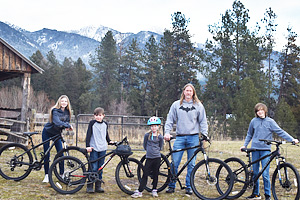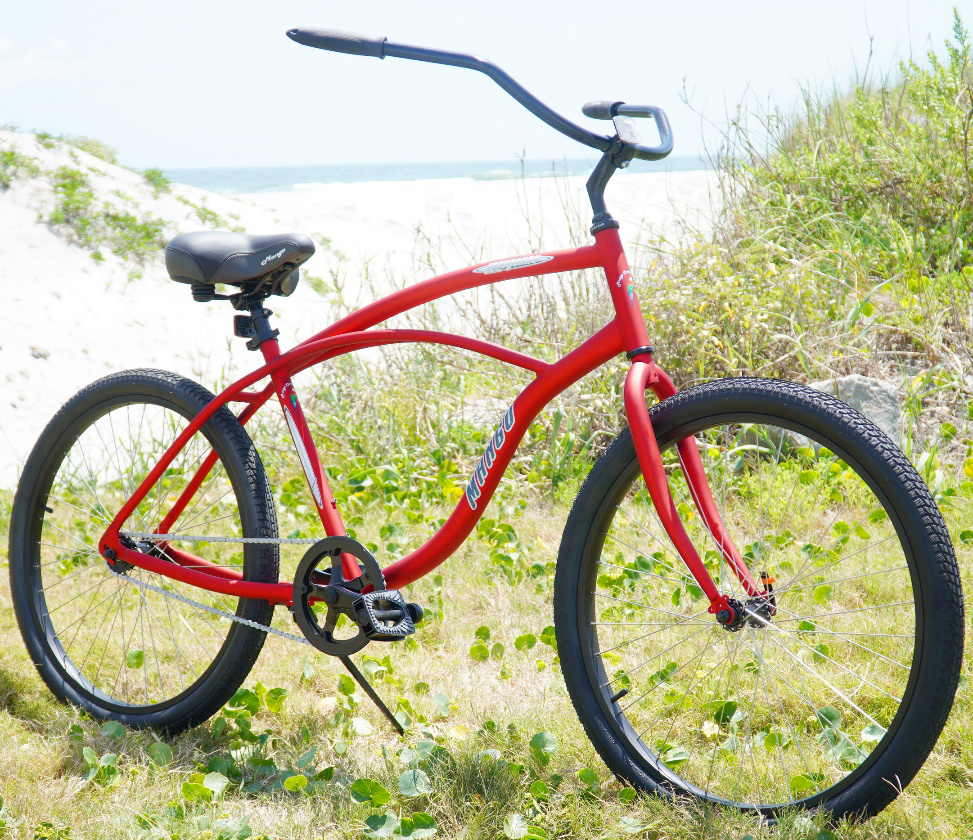Cycling isn’t just about two wheels and a chain—it’s a reflection of lifestyle, geography, and culture. Spend an afternoon in Amsterdam, and you’ll see commuters of all ages gliding by on upright city bikes, baskets loaded with groceries, and children perched on back seats. Head to the U.S. Midwest, and you might find riders tackling endless gravel roads on adventure bikes. From the dense urban lanes of Tokyo to the beach boardwalks of California, global cycling culture looks dramatically different depending on where you ride.
This diversity not only influences how people see bicycles but also shapes the kinds of bikes we design, buy, and ride. Whether it’s a hybrid bike built for urban versatility or a fat bike that floats over snow, culture dictates cycling choices more than we realize.
Europe: The Everyday Utility of Cycling
When people think of global cycling culture, Europe often comes first to mind. Countries like the Netherlands and Denmark treat bicycles as essential transport, not just weekend hobbies. In Amsterdam, cycling lanes are wider than some car roads, and bike parking garages are filled with thousands of riders commuting daily. Here, bikes are built for practicality—upright frames, fenders to block the rain, and baskets for carrying daily essentials.
In Copenhagen, more than 40% of residents commute by bike, a statistic made possible by dedicated infrastructure and a cultural norm that treats riding as part of daily life. While road racing and mountain riding certainly exist, the dominant bike in these cities looks much closer to a comfortable beach cruiser than a lightweight racing machine.

The United States: Adventure and Sport
Cycling in the U.S. carries a different flavor. While urban commuting is slowly on the rise in cities like Portland, Minneapolis, and New York, the dominant cycling culture leans heavily into fitness, recreation, and sport. American riders are often drawn to long weekend rides, charity events, and adrenaline-filled mountain trails.
The surge in gravel bikes highlights this perfectly. With the country’s endless miles of unpaved backroads, riders wanted a bike that could handle distance, comfort, and rugged conditions all at once. The gravel boom has reshaped the U.S. market, making adventure-ready bikes as popular as traditional road bikes. Meanwhile, mountain biking has grown into a subculture of its own, from Colorado’s high-altitude singletrack to downhill parks in California.
Here, the bike is often tied to personal performance—tracking mileage, testing endurance, and upgrading components for speed and durability. While utility-focused cycling is growing, America’s cycling identity remains deeply linked to exploration and athleticism.
Asia: Dense Cities and Emerging Trends
Asia offers some of the most striking contrasts within global cycling culture. In countries like China, bicycles were once the dominant form of transportation, earning Beijing the nickname “Bicycle Kingdom.” While the rise of cars has shifted that balance, bikes are making a comeback, especially through bike-sharing programs and e-bike adoption.
Japan provides another fascinating example. In Tokyo, the compact size of the city and high cost of car ownership make cycling a practical, everyday choice. Riders often use sturdy utility bikes similar to European commuters, but with unique touches like front child seats and electronic assist. At the same time, Japan boasts a passionate road bike and racing culture, with fans flocking to keirin track races and local endurance events.
In developing parts of Asia, bikes often remain essential tools of livelihood—used by farmers, workers, and shop owners for affordable and reliable transportation. While the cultural tone may differ, the bicycle continues to be indispensable.

South America: Cycling as a Social Movement
South America’s cycling story is one of resilience and social progress. Cities like Bogotá, Colombia, pioneered “Ciclovía,” a weekly event where roads are closed to cars and open exclusively to cyclists and pedestrians. This practice, started in the 1970s, has inspired similar events around the world, giving people a taste of streets transformed by pedal power.
In regions with hilly terrain and sprawling urban centers, mountain bikes have found a strong following, blending daily practicality with recreational escape. Cycling also plays a critical role in environmental activism across South America, as communities push for more sustainable ways to navigate congested cities.
Africa: Cycling for Access and Opportunity
In Africa, global cycling culture often intersects with development and access. For many rural communities, bicycles are lifelines, offering affordable ways to reach schools, healthcare, and markets. Organizations across the continent distribute durable bikes designed to withstand tough terrain, often resembling a rugged hybrid bike more than a racing frame.
At the same time, a growing enthusiasm for competitive cycling is visible. Countries like Eritrea have produced world-class road racers who inspire a new generation of riders. Mountain biking events in South Africa, such as the Cape Epic, bring international attention to the continent’s challenging trails. Here, the bike embodies both opportunity and aspiration.

Australia and New Zealand: Outdoor Freedom on Two Wheels
Cycling down under reflects the region’s love for the outdoors. Wide-open spaces and mild climates make bikes natural companions for recreation, commuting, and competition. In Australia’s urban centers, cycling infrastructure is steadily improving, with commuters increasingly adopting hybrid bikes for city rides.
At the same time, the continent’s rugged terrain has fueled a passion for mountain bikes and endurance racing. New Zealand, with its dramatic landscapes, has become a global destination for mountain and trail riders. The sense of freedom, adventure, and connection to nature defines cycling culture here, blending practical commuting with pure exploration.
What These Differences Teach Us
Exploring global cycling culture reveals more than just bike styles—it reflects values. In Europe, cycling shows commitment to sustainability and efficiency. In the U.S., it embodies individuality and adventure. In Africa and Asia, it highlights accessibility and necessity. South America frames cycling as a social and community movement, while Oceania emphasizes the connection between cycling and nature.
And across all of these cultures, the types of bikes we ride—whether a road bike, fat bike, hybrid bike, beach cruiser, mountain bike, or gravel bike—tell stories about where we live and how we view mobility.
Conclusion: Finding Your Place in the Global Cycling Story
The beauty of cycling lies in its universality. No matter where you travel, you’ll find bikes shaping the rhythm of daily life—whether it’s commuters racing the rain in Amsterdam, gravel riders carving Midwestern dirt roads, or beachgoers pedaling lazily down a boardwalk. These differences are not just cultural quirks; they’re reminders of how versatile and adaptable the bicycle truly is.
If you’re inspired by the ways bicycles bring people together worldwide, there’s no better time to find the right ride for your own story. Explore road-ready racers, sturdy gravel companions, relaxed cruisers, and adventure-driven mountain models—and start creating your own cycling culture right at home.
Discover your perfect bike and join a cycling movement that spans the globe. From fat bikes to beach cruisers, find unbeatable deals and models for every style at Bikesdirect.com today.


